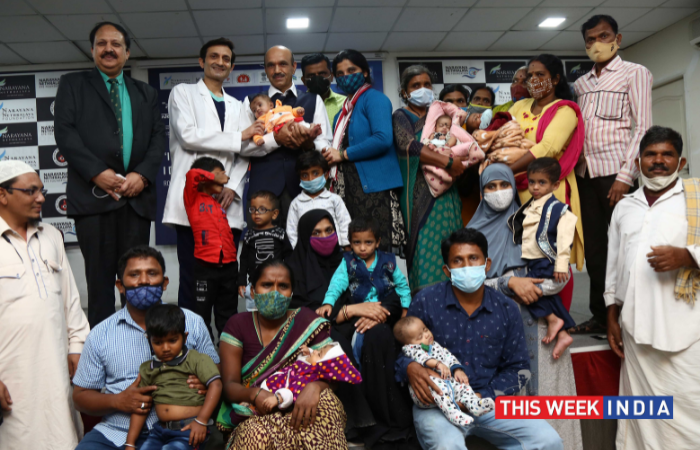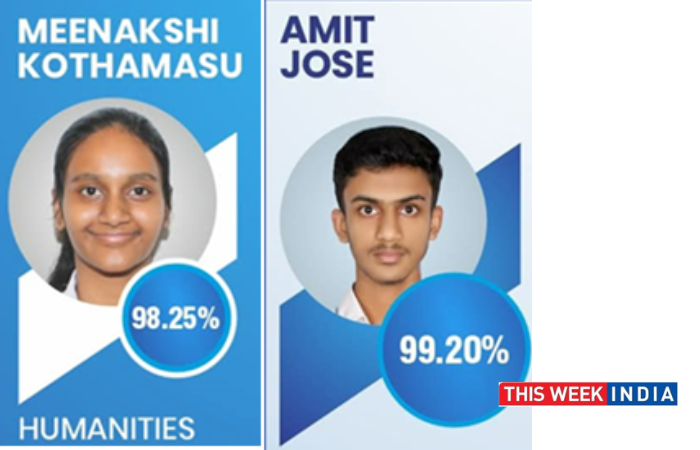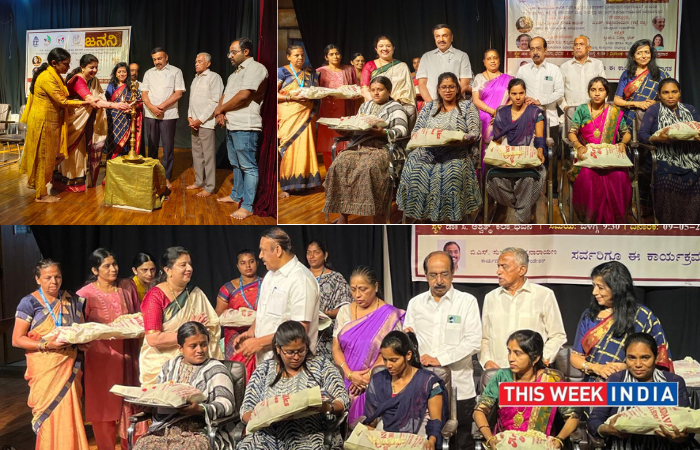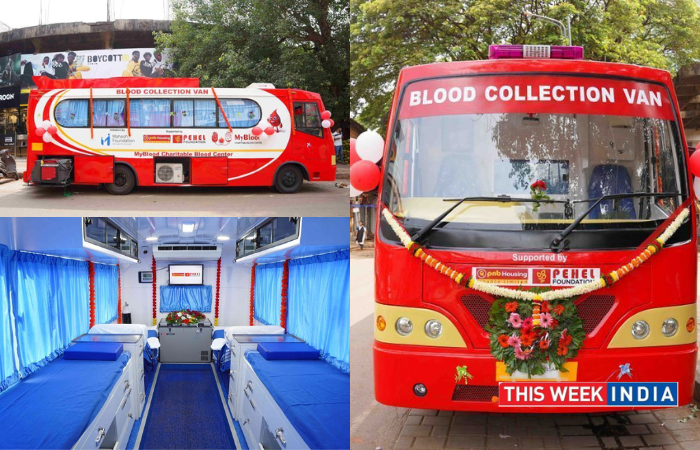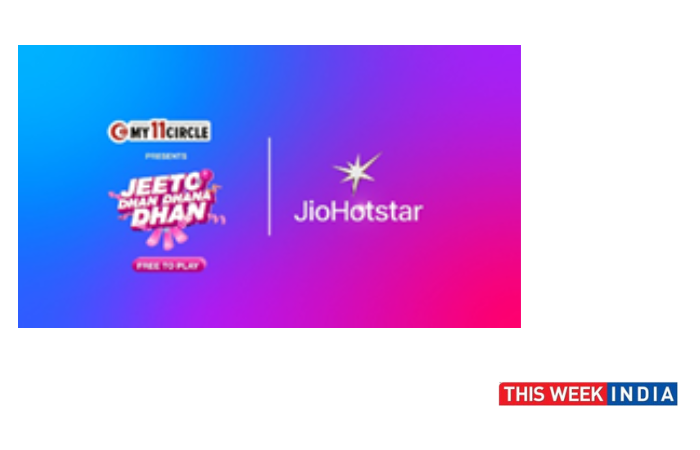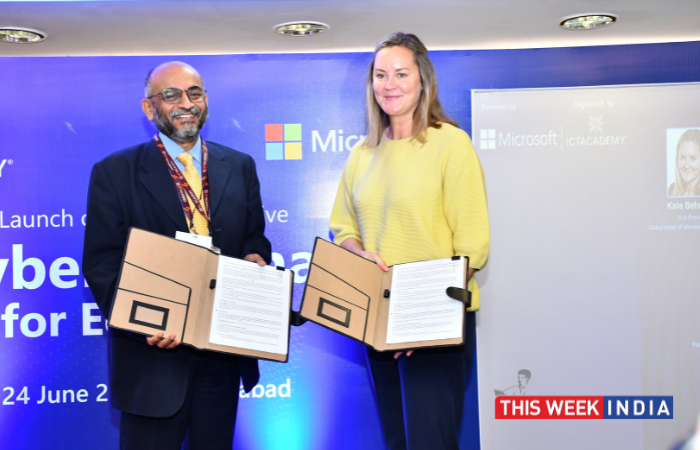Bangalore: November 17 is annually observed as World Prematurity Day. Today we look at Retinopathy of Prematurity (ROP) in India – an eye disease that could cause blindness in premature babies, and how Narayana Nethralaya (NN) has helped save thousands of babies from going blind with its unique KIDROP programme.
Some facts on Retinopathy of Prematurity (ROP)
*In India 3.5 million babies are born prematurely; that’s the highest number of pre-term babies born to any country annually the world over.
*Anywhere between 27 to 54 per cent of these babies who weigh less than 2 kilos will get ROP. The disease burden is largest in countries like India.
*Of them, around 5 to 15 per cent will require treatment, which means nearly 1.5 lakh to 2.5 lakh pre-term babies in India require ROP treatment annually.
*A newborn needs 3 to 5 screenings, two to three weeks apart, to come out of the danger zone.
* The first screening must be done before the child is 4 weeks old and requires a specialist to do so
*Laser-based treatment is the standard procedure; injections are used sparingly
*India is also home to an aggressive variant of ROP called A-ROP.
KIDROP telemedicine programme in Karnataka
The KIDROP programme launched by NN has completed 14 years. KIDROP is the first telemedicine-based ROP diagnostic programme in India, and the world, tailored for rural areas. “We have performed over 2 lakh newborn screening sessions till date, and more than 3000 babies have been treated and blindness prevented, across 127 neonatal centers spread over every district in Karnataka. This is the single largest ROP cohort in the world that includes government district hospitals, private neonatal units and medical college hospitals as well,” says Dr Anand Vinekar, Professor & Head of Department of the Pediatric Retina Service at Narayana Nethralaya Eye Institute, and the founding Programme Director of KIDROP.
Since 2008, all premature babies born and screened at Government hospitals in Karnataka have been treated free of cost in the KIDROP programme.
The programme has won several national and international awards. The programme has been cited by UNDP, Niti Ayog, Harvard Business Review, IIM A & B and validated on the CDC Guidelines. It has been the role model later followed by several states in India, as well as some nations around the world.
ROP screening was conventionally a physical examination of the eyes of preemies done by a retina specialist in the NICU (neonatal ICU), but KIDROP made the reach of doctors far more widespread through telemedicine. KIDROP uses wide-field imaging cameras for the eye examination. The success of KIDROP has hinged on how we allow skill transfer from ROP specialists (very few in India) to technicians and paramedics who can take these images using the camera.
How KIDROP overcame challenges of the COVID pandemic
Through KIDROP, pre-pandemic around 2,500 to 3,000 online screening sessions were conducted per month; during the first wave of the pandemic it dropped to about 600. It must be noted that during the COVID pandemic, specially in 2020, most ROP screening centers across the world (and India) found it difficult to continue screening due to lockdowns and restrictions. But KIDROP continued and even treated newborns in the rural areas using a very successful strategy. The number of new babies screened did not drop in 2020, when compared to 2019, making it a unique success story. During the peak of the pandemic, it was a challenge as special permissions had to be sought from the police and magistrates to shift babies across hospitals for treatment, as some of the Government hospitals had been converted into Covid-only centres.
“But post-pandemic, now the average has again risen to upwards of 2,000 screenings and fortunately we have gone back to a ‘near- normal’ in most districts now,” says Dr Anand.
NN also started developing in 2014 a “Make in India” camera specially for this telemedicine-based eye examination, supported by the Department of Biotechnology. In 2016 Bengaluru-based Forus Health started manufacturing this camera “3Netra Neo”, costing between Rs. 12 to 15 lakh, replacing the American version (till then the only such camera available in the world) which costs over Rs. 85 lakh. This further contributed to making the programme implementable in more number of health centres at a fraction of the cost. Right now, over 200 such Made In India cameras are being used all over the world.
NN is also in advanced stage of research testing (initial scientific paper already published) that will in the near future enable doctors, with the help of a specially developed kit, to test the tears of premature babies during their first screening, and use it as a risk prognostic tool to predict which babies will get the disease in future. NN is the first hospital in the world to develop this method. In 2018 NN won an award for this research.
At present, Narayana Nethralaya is mentoring over 7 other Indian states to implement a similar programme all over the country, on an ad hoc basis.

